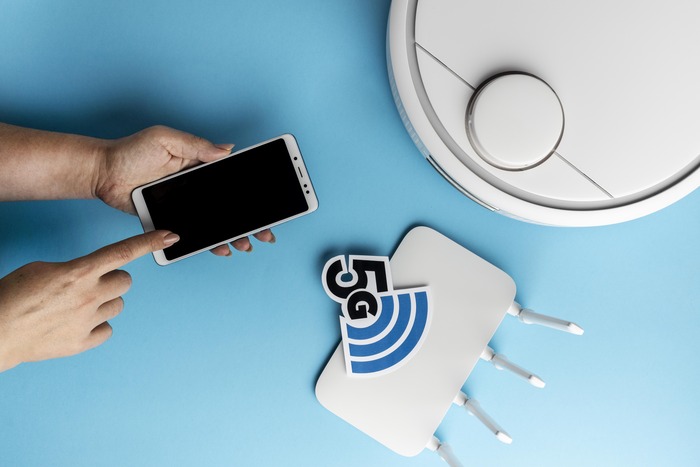NFC and Seamless Internet Sharing – The Future of Broadband Convenience
December 20, 2024

In recent years, the world has witnessed an unprecedented surge in the need for fast, reliable, and easy access to the internet. With the advent of smartphones, smart home devices, and the growing demand for cloud-based services, consumers expect a seamless digital experience. As technology advances, there are emerging solutions that promise to redefine how we access and share internet connections. Two key technologies, Near Field Communication (NFC) and seamless internet sharing, are at the forefront of shaping the future of broadband convenience.
Near Field Communication – Revolutionizing Device Connectivity
NFC is a short-range wireless technology that facilitates communication between devices when they are brought into close proximity, typically within a few centimeters. This simple yet powerful technology has been around for years, mainly used for contactless payments. However, its potential is now expanding beyond the realm of payment solutions.
In the context of broadband convenience, NFC is becoming a crucial enabler of seamless internet sharing. By allowing devices to easily connect with one another, NFC can simplify the process of sharing an internet connection between devices. Whether it’s a mobile phone, tablet, laptop, or even IoT devices, NFC can allow users to share their broadband connection quickly without requiring complex setup procedures. The result is an enhanced user experience where devices can instantly communicate, share data, and connect to the internet with minimal effort.
The Role of Seamless Internet Sharing
Seamless internet sharing is another breakthrough in broadband technology. Traditionally, sharing an internet connection required cumbersome procedures, like setting up a hotspot, entering passwords, or dealing with complicated settings. Today, seamless internet sharing aims to eliminate these barriers by enabling devices to automatically detect and connect to available networks in the background. This technology is particularly beneficial in environments like smart homes or offices, where multiple devices are constantly in need of an internet connection.
With NFC integrated into this process, seamless internet sharing becomes even more intuitive. When a user approaches another device that has an internet connection, NFC can trigger an automatic pairing, allowing the second device to access the internet without the need for manual intervention. This not only improves convenience but also enhances security, as the connection is made in close proximity, reducing the risk of unauthorized access.
The Future Outlook – A More Connected World
As NFC technology continues to evolve, the future of broadband convenience appears more interconnected than ever. The ability to instantly share and connect to the internet across multiple devices without friction opens up a new realm of possibilities. From mobile workforces to smart cities, the potential for seamless internet sharing is limitless. Devices no longer have to be tethered to a single connection point, offering flexibility and efficiency in the way we work, communicate, and interact with the digital world.
For consumers, this development means less hassle in connecting to networks, as their devices will seamlessly switch between Wi-Fi, cellular, or broadband networks based on availability and performance. This will likely lead to an overall improvement in the reliability and speed of internet access, eliminating frustrating disruptions in connectivity.
NFC and seamless internet sharing represent a significant leap toward a future where internet access is effortless and instantaneous. These technologies will continue to evolve, making broadband connections more accessible, efficient, and convenient. As we move toward a more connected world, the seamless sharing of internet connections will be a fundamental part of everyday life, empowering users with greater control over their digital experiences.

